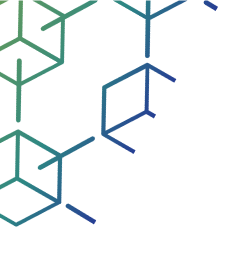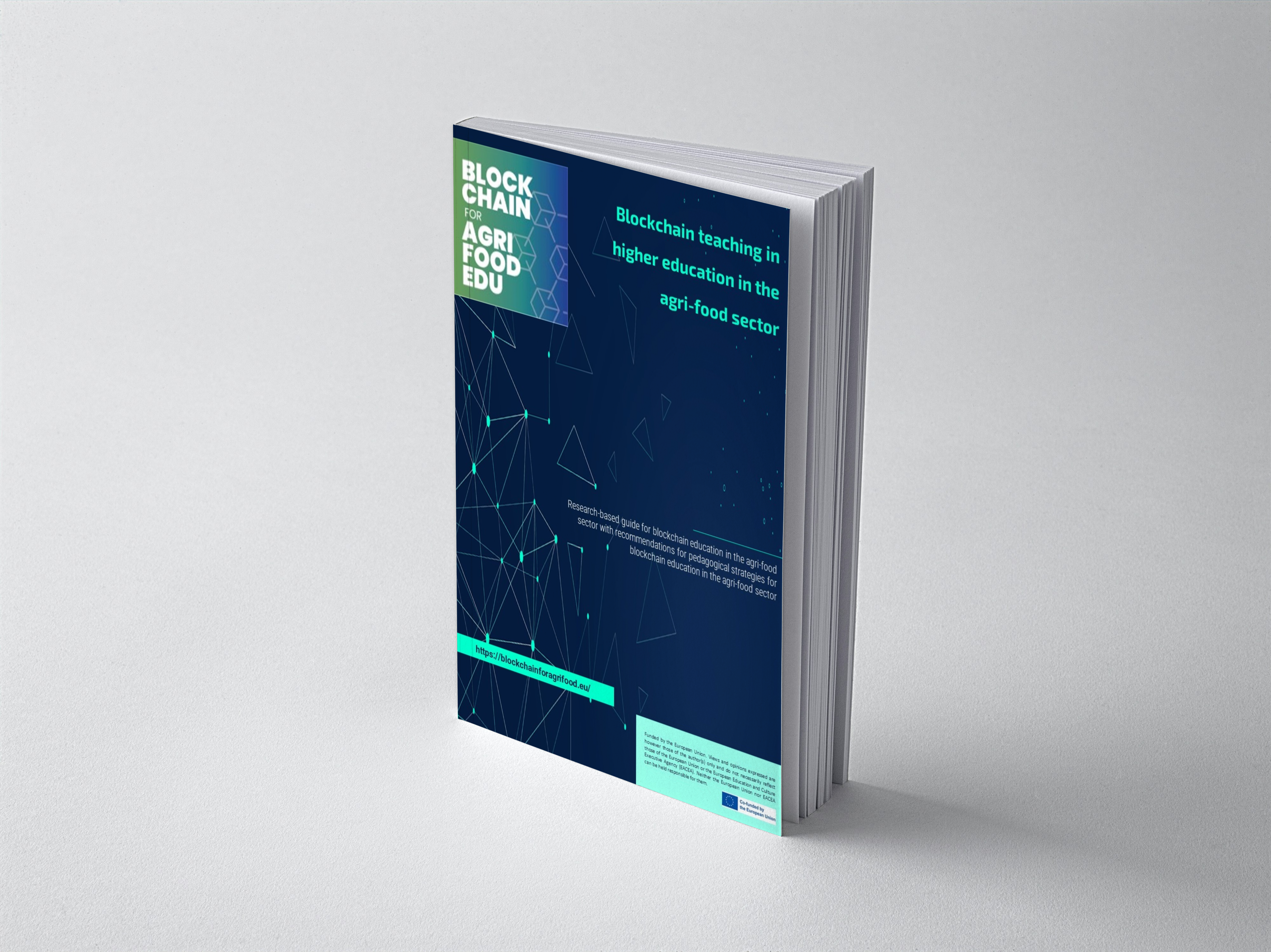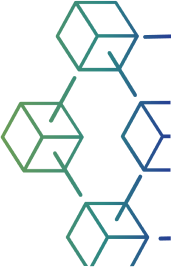Introducing the Guideline for Teaching Blockchain, a research-based guide designed to revolutionise blockchain education in the agri-food sector. Funded by Erasmus+, this guide offers practical recommendations and pedagogical strategies to enhance your teaching methods and ensure students grasp the complexities of blockchain technology.



Teaching Methods
The guide explores various teaching methods, including traditional didactic approaches and innovative interactive sessions. It emphasises the importance of adapting strategies to meet diverse learning styles, ensuring every student can effectively understand blockchain concepts.
Key Pedagogical Strategies
Key pedagogical strategies include Backwards Design, where educators start by defining learning objectives and then select active learning approaches aligned with those goals. This ensures that each task and piece of instruction serves a purpose and aligns with the overarching goals of the course.
Types of Lectures
The guide also delves into different types of lectures, such as blended courses that combine face-to-face and online content. This flexible approach addresses diverse learning needs and can lead to lower dropout rates compared to fully online or in-person courses.
Active Learning Methods
Active learning methods are highlighted, such as the Whimbey-Lochhead Pair Method, which enhances problem-solving skills by having students verbalise their thought processes. The Feedback Lecture involves peer-to-peer teaching and mid-lecture group activities, fostering a cooperative class environment and motivating students to prepare for each class.
Practical Tools
In addition to lectures, the guide includes practical tools like concept maps, which help students visually organise and retain information. Techniques like Bloom’s Taxonomy are used to plan and deliver appropriate instruction, design valid assessment tasks, and ensure alignment with learning objectives.
Collaborative Learning Methods
The guide further explores team-based learning, peer-led team learning, and problem-based learning. These methods encourage collaboration, critical thinking, and real-world problem-solving, making learning more engaging and effective.

